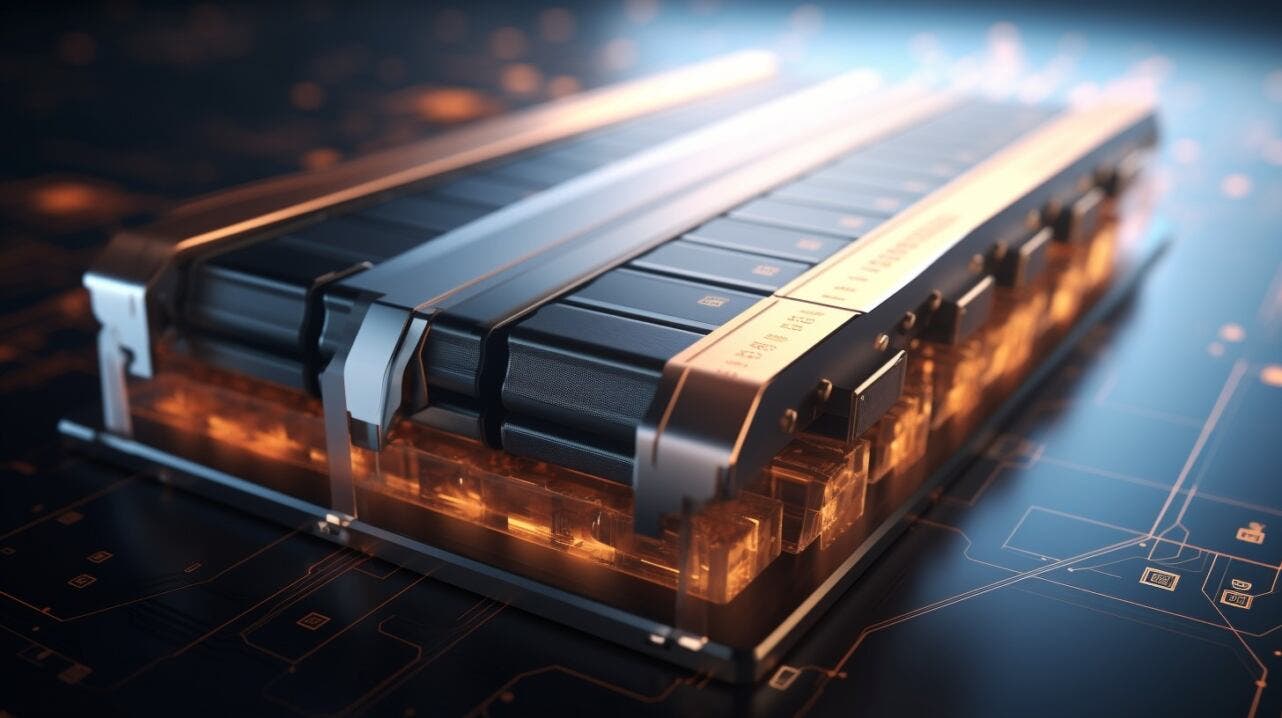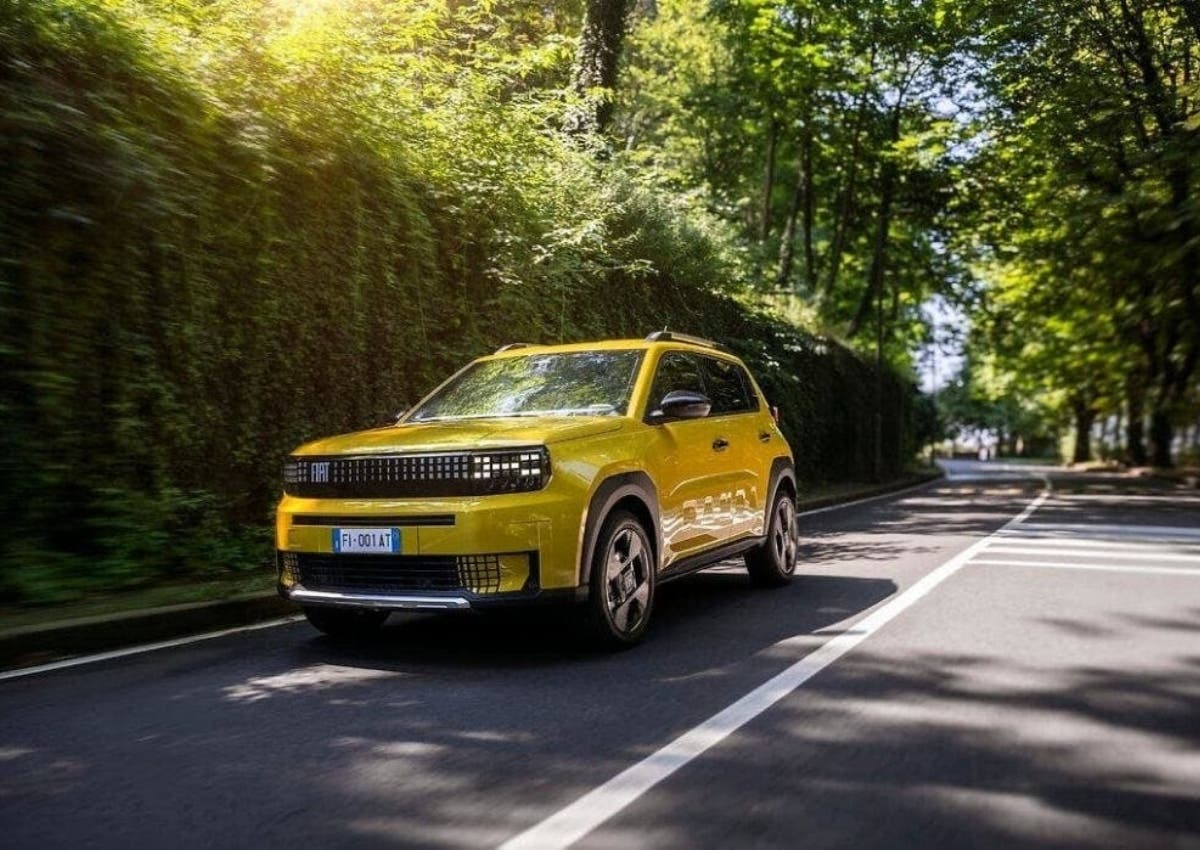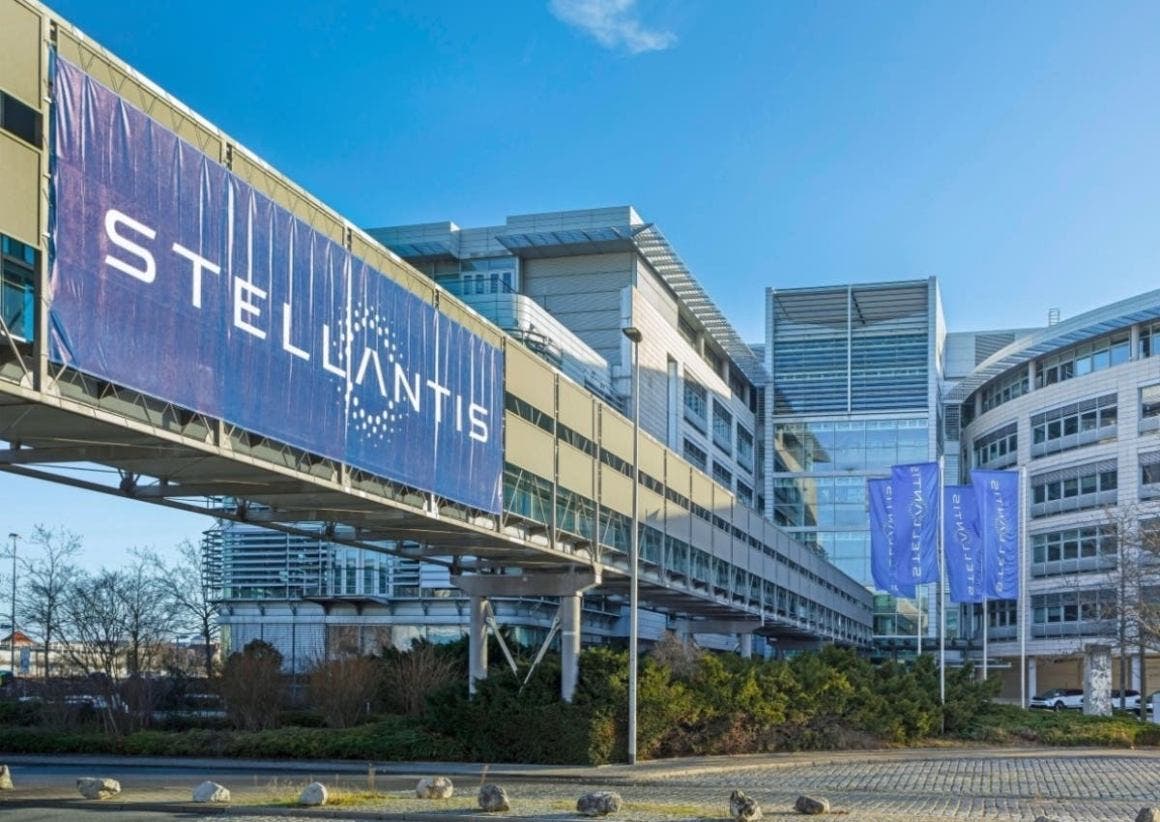According to various reports, Stellantis is reportedly considering adopting BYD batteries for some of its future electric vehicles. Although the information doesn’t provide specific details about the sources, the hypothesis makes sense given the factors involved.
Stellantis will use BYD batteries for its economical electric cars

BYD is one of the world leaders in LFP (lithium-iron-phosphate) cell production and manages a highly integrated supply chain that includes its own lithium mines and enjoys extremely high production volumes, ensuring significantly better economies of scale compared to Stellantis‘ current LFP battery supplier, SVOLT.
Currently, Stellantis group’s electric models based on the Smart Car platform, such as the Citroen e-C3 and Fiat Grande Panda, use 44 kWh LFP battery packs supplied by SVOLT, providing a WLTP range of about 320 km. The e-C3 has a starting price of 23,300 euros, while the Grande Panda, which will also debut in Brazil, starts at 24,990 euros. Larger models, such as the Citroen e-C3 Aircross and Opel Frontera Electric, will cost even more.
For the future, Stellantis has already outlined two main strategies. First, they need to focus on versions with larger batteries. After the launch of e-C3 Aircross and Frontera Electric, versions with 54 kWh batteries will arrive, which should provide 400 km of range. However, these will use NMC (nickel-manganese-cobalt) cells.

Secondly, they need to offer a more economical option. During the e-C3 presentation in October 2023, Stellantis announced an ultra-economical version planned for 2025, with a range of about 200 km and a price below 20,000 euros. This is where the rumor reported by L’Argus comes in. The automotive group is reportedly working on a new 30-35 kWh battery pack, composed of BYD cells, which would provide a WLTP range between 200 and 250 km. Currently, no details have been revealed about the charging capabilities of this variant.
The adoption of LFP cells is considered crucial for reducing the costs of electric cars, especially in the more economical segments. Other industry giants are also following this path. Volkswagen will use LFP cells for the future ID.2, with a starting price around 25,000 euros. A potential 20,000-euro ID.1 has only been hypothesized but will unlikely use technology different from LFP. Renault, as is known, has already confirmed the use of LFP cells for its future Twingo E-Tech.

